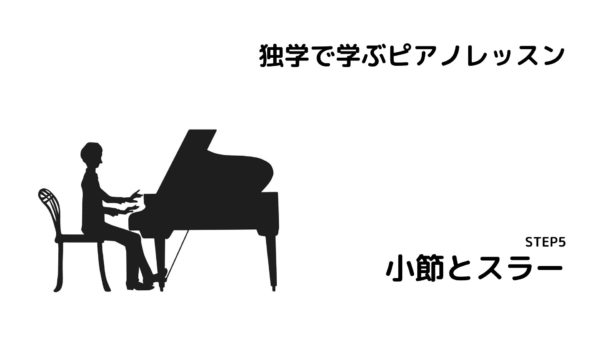
独学で無料でピアノを学ぶ大人の初心者のための学習講座です。
ステップ5では「小節とスラー」について学習していきます。
前回で学習した「楽譜」の発展になります。まだ読んでいない方は先にそちらを先にお読みください。
では詳しく解説していきます。
所要時間は「約15分」です。
今回のテーマ
- 「拍子と小節」
- 「スラーとタイ」
拍子と小節
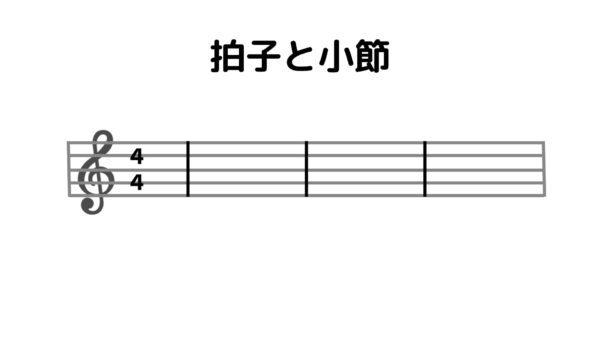
最初は「拍子と小節」についてです。
まず「小節」とは、楽譜を分かりやすいように一定の間隔で分けた1つのグループです。
たいていの曲は、同じようなリズムや伴奏が何度も繰り返して続いていきます。特によくあるのが、左手の伴奏です。音程は少しずつ変えながらも、同じ流れの繰り返しで伴奏されていくのです。
次に「拍子」とは、各小節に入る拍数を決めるものです。
例えば、拍子によって「4分音符が4つで1つの小節にしましょう」ということが決められます。そうするとその後の小節はすべて、それに沿って作られていくのです。
※どうやって拍子が決められているのかは、どちらかというと作曲側の問題ですのでここでは触れません。曲を演奏する上では、楽譜につけられた拍子の理由は考えず、素直に楽譜通りに演奏していきましょう。
では拍子についてもう少し深く解説していきます。
拍子の書き方
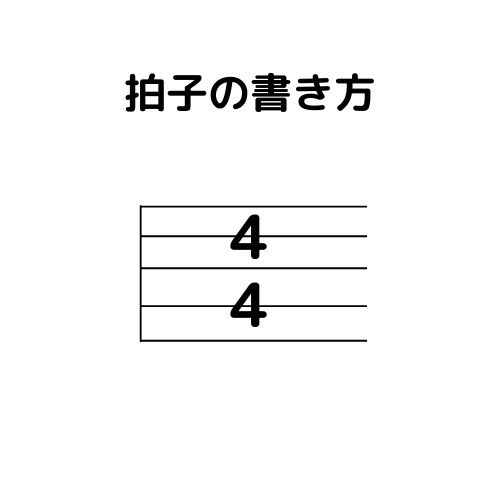
拍子は通常、音部記号の次に記載されています。多くの拍子は2つの数字で表します。上図のように五線譜の下半分に1つ、そして上半分に1つです。
下の数字は「基準となる音符が何分音符か」を表します。例えば上図のように下に「4」が書かれていれば、4分音符です。
そして上の数字には「それがいくつ入るか」を表します。上図であれば「4」ですので、「4分音符が4つ分」ということになりますね。
ステップ3の「音符と休符」で説明したように、4分音符1つで8分音符2つ分になるため、これは「8分音符が8つ分」とも捉えることが出来ます。同じように「全音符が1つ分」も同様です。
今回の「4/4」の他に「3/4」や「2/4」、また「6/8」がよく使われます。
例外的な書き方
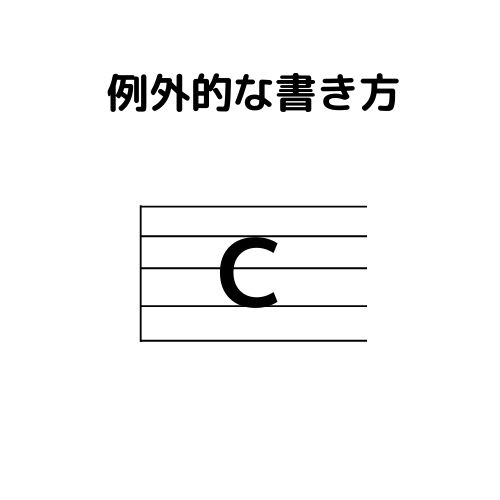
拍子には、例外的な書き方が存在します。
よく見るのは、上図のように五線譜のど真ん中に「C」が書かれているものです。これは数字で書くと「4/4」と同じ意味になります。これはよく使われる書き方ですので、覚えておきましょう。
※他にもCの中央に縦線が入った書き方もあり、それは「2/2」と同じ意味です。
スラーとタイ
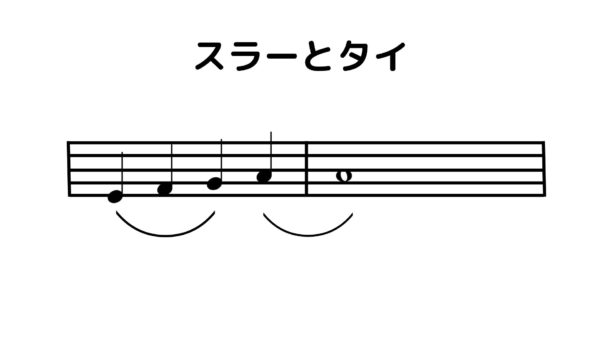
「スラー」と「タイ」はどちらも同じ記号で表されます。括弧「)」を下向きにしたような形です。
しかしこの2つの意味は全く異なります。
それぞれ見ていきましょう。
スラー
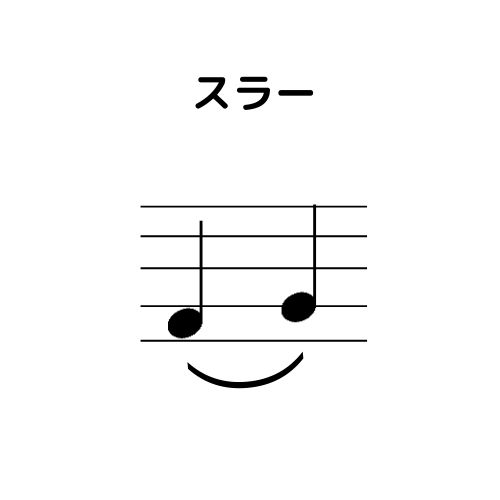
「スラー」は「違う高さの音符同士」を繋げた記号です。
スラーでつながった箇所は、なめらかに、間を切らずに演奏します。
そのため、スラーのない通常の音符よりも少しだけ音を長くする必要があります。
タイ
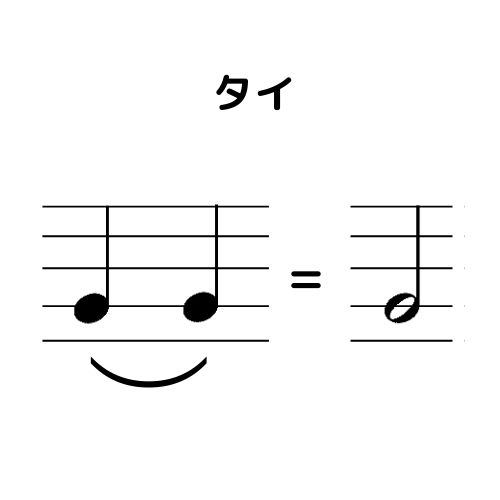
「タイ」は「同じ高さの音符同士」を繋げた記号です。
上図で示しているように、例えば4分音符が2つタイで結ばれていた場合、それは2分音符として演奏します。途中で音を途切れてはいけません。
なぜ2分音符で書けば良いところを、あえて4分音符2つをタイでつなげるのでしょうか。
答えは小節です。
小節は拍子で中に入る拍数が決められています。そのため最後の音を伸ばそうと思ったら一度音符を切らなければいけないのです。それが以下の例です。

このように4/4拍子が最初に記載してあれば、それに従って小説を分けなければいけません。こうした状況で最後のラを伸ばしたいときに、タイを使うのです。
「スラー」と「タイ」の違いを正確に覚え、楽譜を見たときにすぐにどちらかを判別できるようにしておきましょう。
このレッスンのまとめ
- 「小節」
- ・楽譜を見やすくするために、一定の間隔で区切ったもの
- 「拍子」
- ・小節の中に入る拍数を決めるもの
- ・通常2つの数字で表し、下には基準の音符、上にはその音符の数が入る
- 「スラー」
- ・違う高さの音符同士を繋げたもの、そこではなめらかに音を繋げる
- 「タイ」
- ・同じ高さの音符同士を繋げたもの、そこでは音を切らずに続けて演奏する
コメントを残す